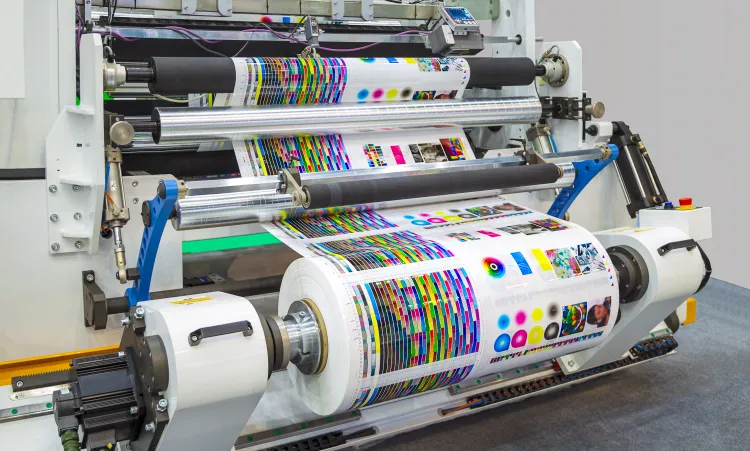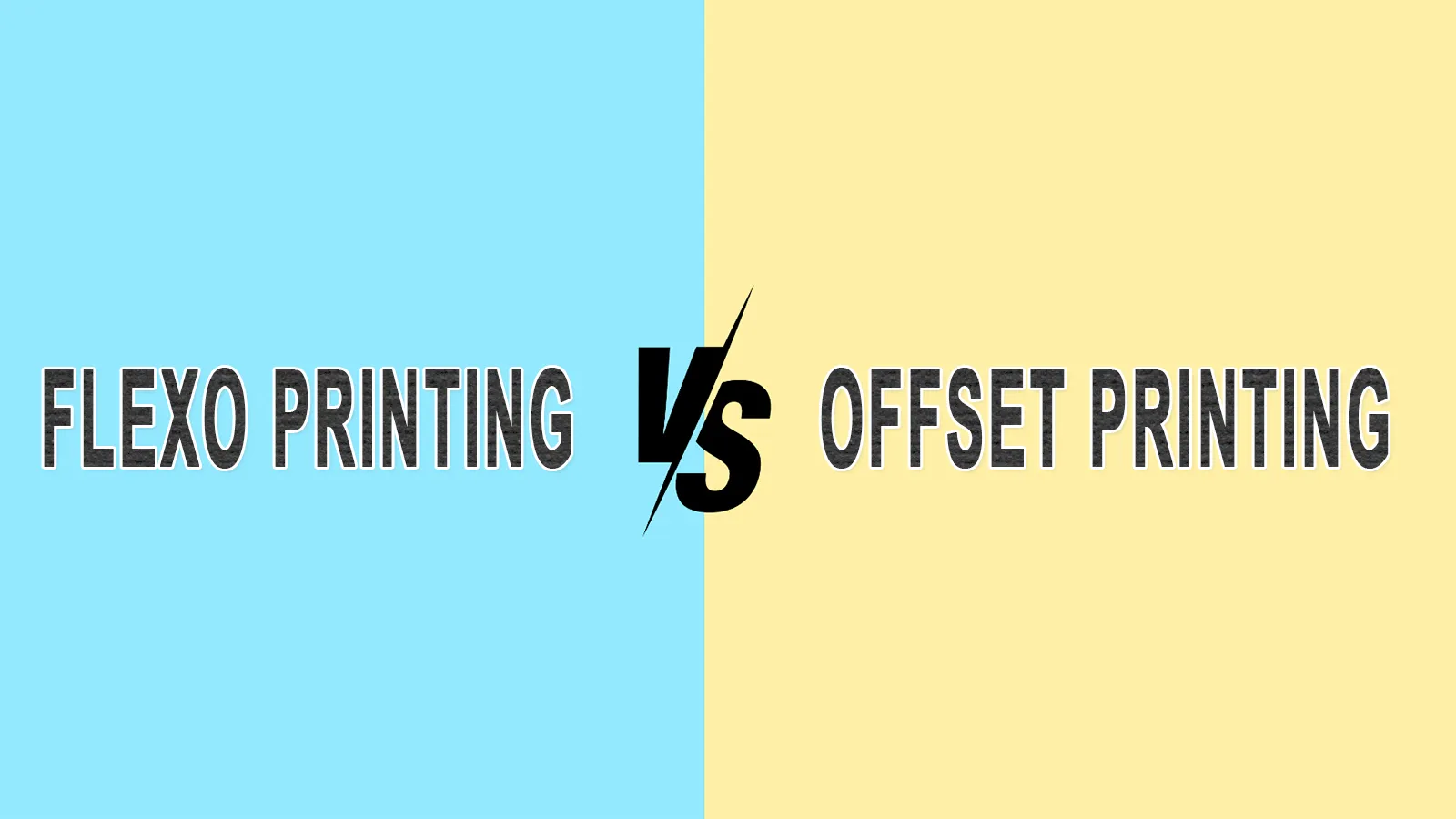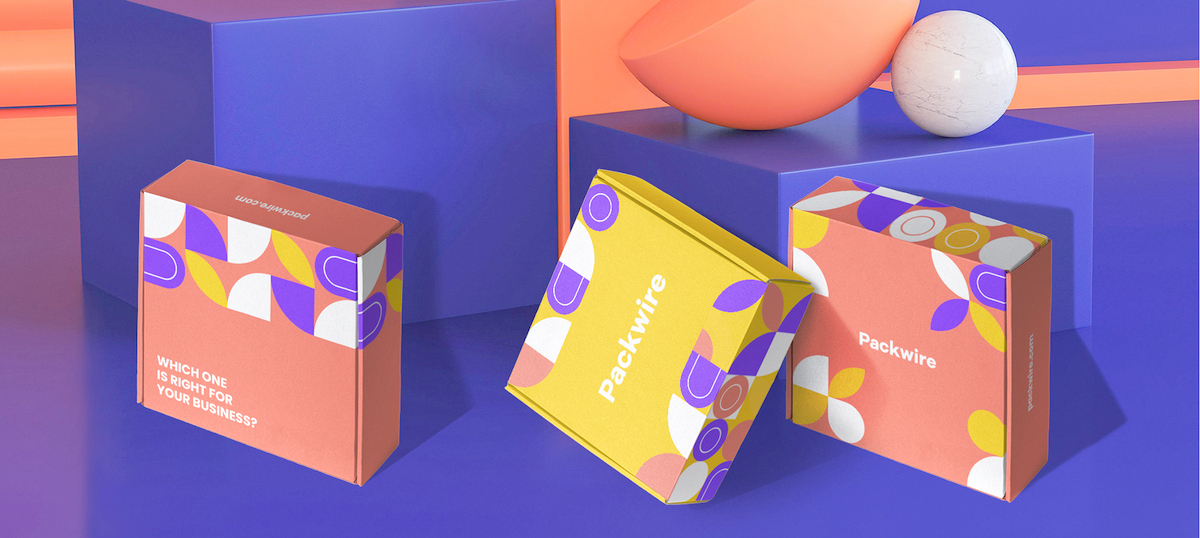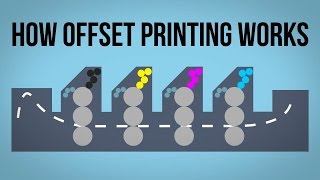Digital Printing vs Offset Printing: Which Is Better?

When it comes to choosing the right printing method for your project, understanding the differences between digital printing and offset printing is crucial. Both techniques have unique advantages and limitations that can impact the quality, cost, and turnaround time of your print jobs. This article explores these two popular printing methods to help you decide which one suits your needs best.
What is Digital Printing?

Digital printing is a modern printing technique that involves directly printing a digital image onto various media substrates. It eliminates the need for printing plates, making it ideal for short runs and quick turnaround times.
Advantages of Digital Printing

- Speed: Digital printing is faster since it bypasses the plate-making process.
- Cost-Effective for Small Runs: Lower setup costs make it economical for small quantities.
- Customization: Allows for variable data printing, enabling personalized prints.
- Less Waste: Minimal setup reduces material waste.
Limitations of Digital Printing
- Higher Cost for Large Runs: Per-unit cost can be higher compared to offset printing for large volumes.
- Color Accuracy: May have limitations in color matching compared to offset.
- Material Compatibility: Not all substrates are suitable for digital printing.
What is Offset Printing?
Offset printing is a traditional printing method where the inked image is transferred (“offset”) from a plate to a rubber blanket, then onto the printing surface. It is widely used for high-volume print jobs.
Advantages of Offset Printing
- High Image Quality: Produces sharp and clean images with consistent color.
- Cost-Effective for Large Runs: Economical for printing large quantities.
- Wide Range of Substrates: Compatible with various paper types and materials.
Limitations of Offset Printing
- Longer Setup Time: Requires plate creation and machine setup.
- Not Ideal for Short Runs: Higher initial costs make it less economical for small quantities.
- Less Flexibility: Customization and variable data printing are limited.
Comparison Table
| Feature | Digital Printing | Offset Printing |
|---|---|---|
| Setup Time | Short | Longer |
| Cost Efficiency | Better for small runs | Better for large runs |
| Print Quality | Good, but can vary | Excellent, consistent |
| Color Accuracy | Limited color gamut | Wide color gamut |
| Customization | High (variable data printing) | Low |
| Material Compatibility | Limited substrates | Wide range |
| Turnaround Time | Fast | Slower |
When to Choose Digital Printing
- For personalized marketing materials
- Small batch printing
- Quick turnaround projects
- Prototyping and proofs
When to Choose Offset Printing
- Large volume print runs
- Projects requiring high color fidelity
- Printing on specialty materials
- Long-term print consistency
Frequently Asked Questions (FAQ)
Q1: Which printing method is more environmentally friendly?
A1: Digital printing generally produces less waste due to minimal setup and fewer chemicals, making it more eco-friendly for small runs.
Q2: Can digital printing match the quality of offset printing?
A2: While digital printing quality has improved significantly, offset printing still offers superior color accuracy and image sharpness, especially for large runs.
Q3: Is offset printing more expensive?
A3: Offset printing has higher upfront costs due to plate creation but becomes more cost-effective as the quantity increases.
Q4: Can I print on any material with digital printing?
A4: Digital printing works best on specific substrates; some materials may not be compatible, unlike offset printing which supports a wider range.
Choosing between digital and offset printing depends largely on your project requirements, budget, and timeline. Understanding these factors will help you make an informed decision and achieve the best results for your printing needs.
